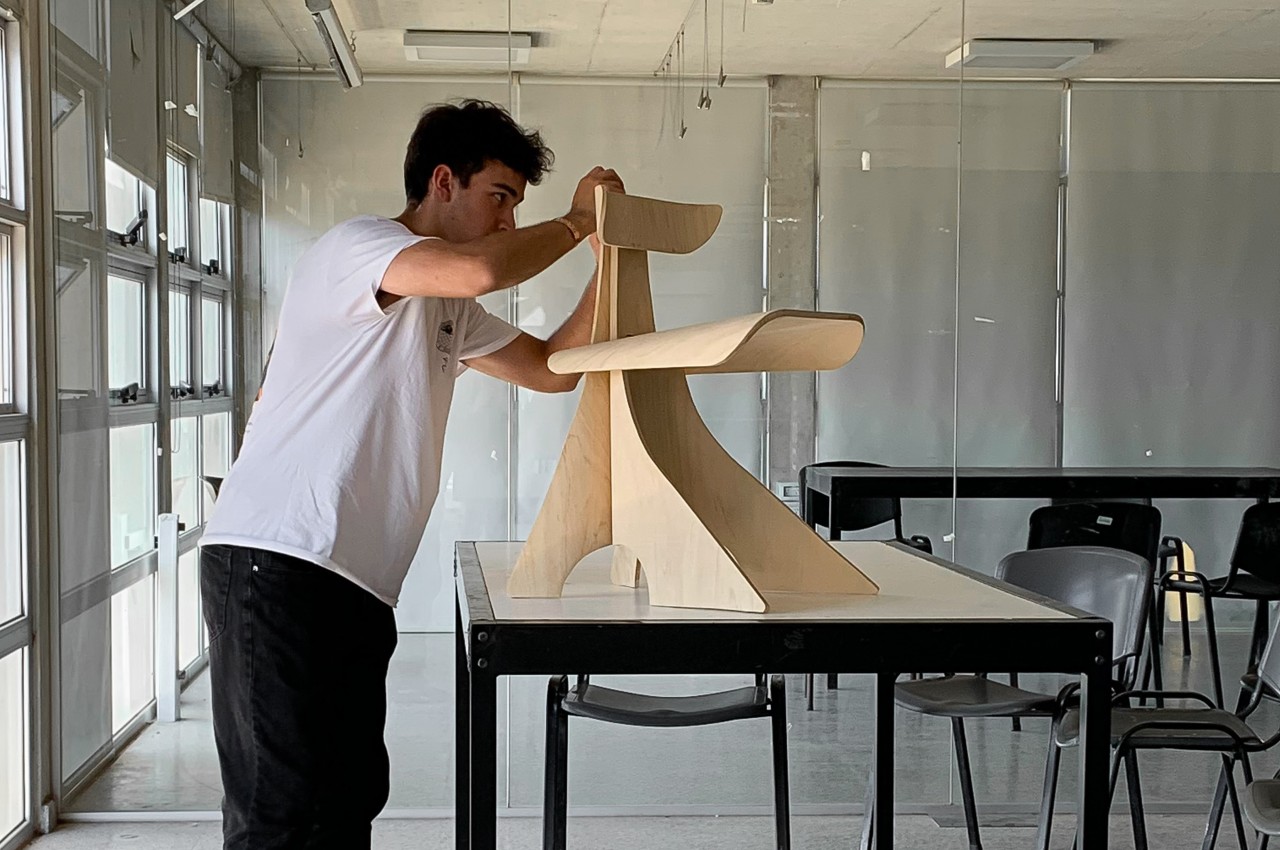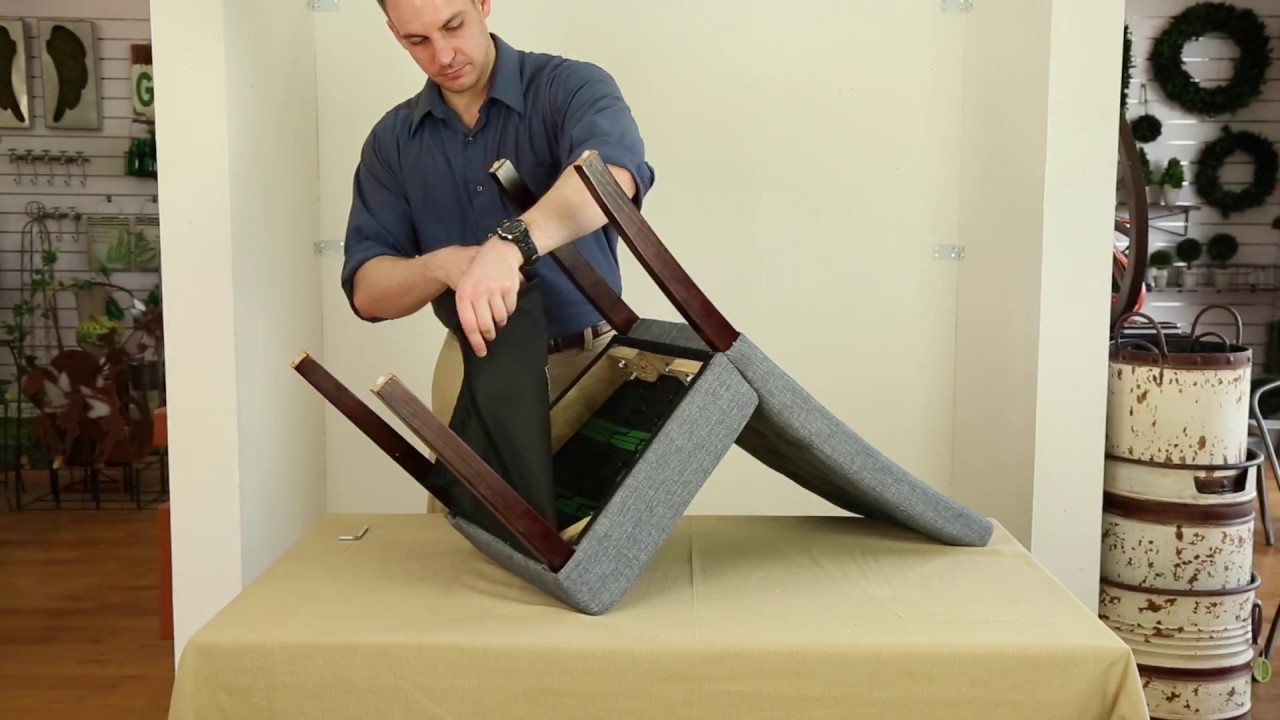Understanding the Parts

A dining chair, while seemingly simple, is a marvel of engineering, comprising various components that work in harmony to provide comfort and support. Understanding these parts is crucial for successful assembly and ensuring the chair’s longevity.
Chair Components and Their Functions
The fundamental components of a dining chair include the legs, seat, and back. These components are often constructed using different materials and assembly methods, contributing to the chair’s overall aesthetics and functionality.
- Legs: Providing stability and support, the legs are typically crafted from sturdy materials like wood, metal, or plastic. The number and arrangement of legs vary depending on the chair’s design, with four legs being the most common. Some chairs may have additional supporting elements like a stretcher or crossbar, enhancing stability and preventing wobbling.
- Seat: The seat is the primary component for sitting and is usually crafted from wood, upholstered foam, or a combination of both. The shape and size of the seat determine the comfort level and posture while seated. Some chairs may feature additional features like a cushion or padding for added comfort.
- Back: Providing support for the back, the back of the chair can be designed in various shapes and sizes, from simple to intricate. The back is typically constructed from wood, metal, or upholstered foam, often incorporating decorative elements like carvings or upholstery patterns.
Materials Used in Dining Chairs
The materials used in dining chairs play a significant role in determining their durability, aesthetics, and price.
- Wood: A classic choice for dining chairs, wood offers natural beauty, durability, and a warm feel. Common wood types include oak, maple, cherry, and walnut, each offering distinct grain patterns and color variations. Wood chairs are typically more expensive than chairs made from other materials but offer a timeless elegance that can be refinished and restored over time.
- Metal: Metal chairs offer a contemporary look and are often chosen for their durability and ease of maintenance. Steel, aluminum, and iron are common metal choices, with each possessing unique properties. Steel is strong and durable, while aluminum is lightweight and rust-resistant. Metal chairs can be painted or powder-coated in various colors and finishes to match different décor styles.
- Plastic: Plastic chairs are known for their affordability, lightweight design, and ease of cleaning. They come in a wide range of colors and styles, making them a popular choice for casual dining or outdoor settings. However, plastic chairs may not be as durable as wood or metal chairs and can become brittle over time.
- Upholstery: Upholstered chairs provide comfort and can add a touch of luxury to a dining space. The upholstery fabric can be made from various materials, including leather, fabric, or vinyl, each offering distinct characteristics in terms of durability, texture, and maintenance requirements.
Assembly Methods for Dining Chairs
The assembly method for a dining chair varies depending on the chair’s design and the manufacturer’s preferences.
- Screw-on Assembly: This method involves using screws to attach the various components of the chair, such as the legs to the seat or the back to the seat. Screw-on assembly is typically straightforward and requires basic tools like a screwdriver or drill.
- Bolt-on Assembly: Similar to screw-on assembly, bolt-on assembly uses bolts to secure the chair’s components. Bolts are typically larger and stronger than screws and are often used for heavier chairs or chairs with more complex designs.
- Click-together Assembly: This method utilizes pre-drilled holes and interlocking components that snap together without the need for tools. Click-together assembly is often found in chairs designed for quick and easy assembly, making them popular for budget-friendly options.
Preparing for Assembly: How To Assemble A Dining Chair

The first step in assembling your dining chair is to gather your tools and materials. This will ensure a smooth and efficient assembly process, minimizing frustration and potential damage to the chair.
Tools and Materials Checklist
Before you begin, ensure you have all the necessary tools and materials readily available. This checklist will help you gather everything you need:
- Screwdriver: A Phillips head screwdriver is typically required for assembling dining chairs. Make sure it fits the screws provided.
- Wrench: Some chairs may require a wrench for tightening bolts or nuts. Check the assembly instructions for specific requirements.
- Hammer: A hammer may be needed for driving in nails or securing certain components, although this is less common in modern chair designs.
- Protective Gloves: Wearing gloves will protect your hands from splinters or sharp edges during assembly.
- Safety Glasses: Safety glasses are recommended to protect your eyes from flying debris or loose parts during assembly.
- Work Surface: A clean, flat, and sturdy surface is essential for assembly. Avoid working on uneven surfaces or carpets, as this can lead to instability.
- Assembly Instructions: Carefully read and understand the assembly instructions provided with your chair before you begin.
- Spare Parts: It’s always a good idea to have spare screws or bolts on hand in case any are lost or damaged during assembly.
Unpacking and Inspecting Components
Once you have gathered your tools and materials, carefully unpack the components of your dining chair. Thorough inspection is crucial to ensure all parts are present and undamaged before you begin assembling.
- Unpack the Box Carefully: Open the box gently to avoid damaging the components. Use a sharp utility knife or scissors to cut through the tape, if necessary.
- Inventory the Parts: Carefully examine the contents of the box and compare them to the parts list in the assembly instructions. Make sure all components are present and accounted for.
- Inspect for Damage: Inspect each component for any signs of damage, such as scratches, dents, or broken parts. If you find any damaged components, contact the manufacturer or retailer for replacements.
- Check Hardware: Verify that all screws, bolts, nuts, and other hardware are present and in good condition. Make sure they are the correct size and type for the assembly.
Working in a Safe Environment
Safety should always be your top priority when assembling furniture. Creating a safe and organized workspace is essential for a smooth and enjoyable assembly experience.
- Choose a Well-Lit Area: Assemble your chair in a well-lit area to ensure you can see all components and instructions clearly.
- Clear Workspace: Remove any clutter or obstacles from your work area to prevent tripping or accidents. Make sure you have enough space to move around comfortably.
- Good Ventilation: Ensure proper ventilation in your workspace, especially if you are working with materials that may release fumes or dust.
- Use Caution with Tools: Always handle tools carefully and use them as intended. Avoid using damaged or worn-out tools, as they can increase the risk of injury.
Assembly Process

The assembly process is the heart of bringing your dining chair to life. It’s where you take those individual parts and transform them into a functional and stylish piece of furniture. This step-by-step guide will walk you through the process, providing tips and solutions for potential challenges along the way.
Assembling the Chair Frame
The chair frame is the foundation of your dining chair. It provides structural support and determines the overall shape and stability of the chair. The process typically involves attaching the legs to the seat frame.
- Identify the Leg and Seat Frame Parts: Begin by carefully identifying the leg and seat frame parts. They are often labeled or have markings that indicate their positions.
- Align the Legs with the Seat Frame: Ensure the legs are positioned correctly, typically aligned with the holes on the seat frame. Refer to the assembly diagram for accurate placement.
- Insert and Tighten Screws: Use a screwdriver or drill to insert and tighten the screws that secure the legs to the seat frame. Apply even pressure to ensure a secure connection.
- Double-Check Alignment: After tightening the screws, double-check the alignment of the legs. Make sure they are positioned squarely and evenly.
Attaching the Backrest
The backrest adds comfort and support to your dining chair. It’s typically attached to the seat frame with screws or bolts.
- Identify the Backrest and Seat Frame Parts: Locate the backrest and the corresponding attachment points on the seat frame.
- Align the Backrest with the Seat Frame: Carefully position the backrest against the seat frame, ensuring it aligns with the designated attachment points.
- Insert and Tighten Screws or Bolts: Insert and tighten the screws or bolts that secure the backrest to the seat frame. Use a screwdriver or wrench, applying even pressure to achieve a secure connection.
- Double-Check Alignment and Stability: After tightening the screws or bolts, check the alignment of the backrest. Ensure it’s securely attached and doesn’t wobble.
Installing the Seat Cushion
The seat cushion provides comfort and padding for your dining chair. It’s often attached with clips, screws, or a combination of both.
- Identify the Seat Cushion and Attachment Points: Locate the seat cushion and identify the attachment points on the seat frame or the underside of the cushion.
- Align the Seat Cushion with the Seat Frame: Carefully place the seat cushion onto the seat frame, ensuring it aligns with the attachment points.
- Attach the Seat Cushion: Depending on the chair’s design, you might need to clip the cushion into place, insert and tighten screws, or use a combination of both methods.
- Check for Secure Attachment: After attaching the seat cushion, ensure it’s securely fastened and doesn’t move or shift easily.
Potential Challenges and Solutions, How to assemble a dining chair
Assembly can sometimes present challenges, but with the right approach, you can overcome them.
- Aligning Parts: Ensuring the legs, backrest, and seat cushion are aligned correctly is crucial for stability and aesthetics. Use a level or a measuring tape to ensure accurate placement.
- Tightening Screws and Bolts: Overtightening screws and bolts can damage the chair’s material. Use a screwdriver or wrench to apply even pressure without over-tightening.
- Difficult to Reach Areas: Some screws or bolts might be located in difficult-to-reach areas. Use a long-handled screwdriver or a wrench with an extension to access these areas.
Tightening Techniques
Tightening screws and bolts correctly is essential for the chair’s stability and longevity.
- Use the Right Tool: Always use the appropriate screwdriver or wrench for the size and type of screw or bolt.
- Apply Even Pressure: Avoid overtightening screws or bolts, as this can damage the material. Apply even pressure and tighten them securely, but not too forcefully.
- Avoid Stripping Screws: If a screw starts to strip, try using a slightly larger screwdriver or a screw extractor to remove it.
How to assemble a dining chair – Assembling a dining chair often involves attaching the seat and back to the legs, and sometimes includes adding armrests. While the process is usually straightforward, protecting your chairs from spills and wear is important. Consider using full plastic dining chair covers to ensure your chairs remain in pristine condition, especially if you have young children or frequent guests.
Once your chair is assembled and protected, you can enjoy its comfort and style for years to come.
Assembling a dining chair often involves attaching the seat and back to the legs, which can be a straightforward process. However, some models may require additional steps, such as attaching armrests or adjusting the chair height. If you’re looking for a complete dining set, a 5 piece dining table and chair set can be a great option, especially for smaller spaces.
Once you have your chairs, carefully follow the assembly instructions, taking your time to ensure each piece is securely fastened. This will help ensure your chairs are sturdy and comfortable for years to come.
